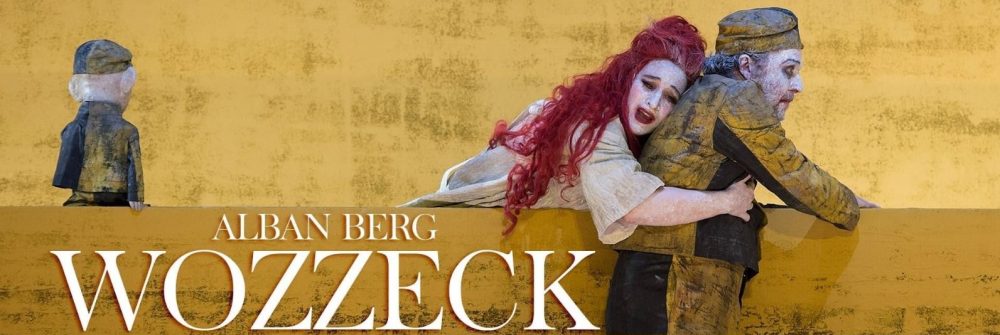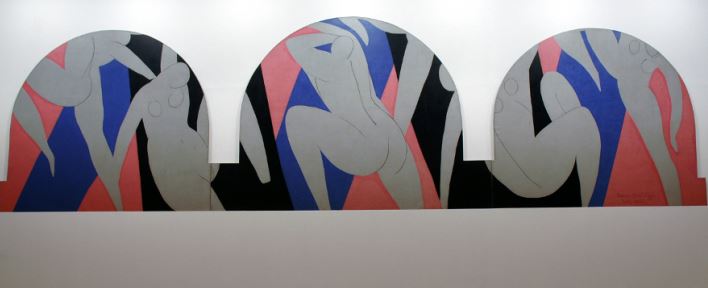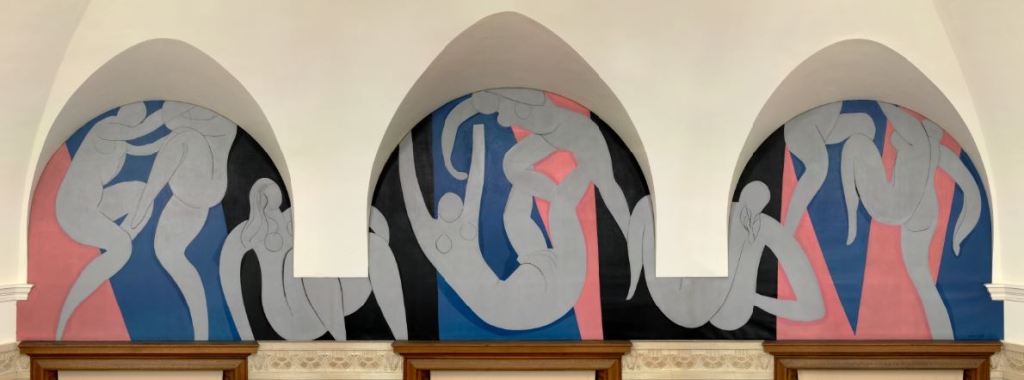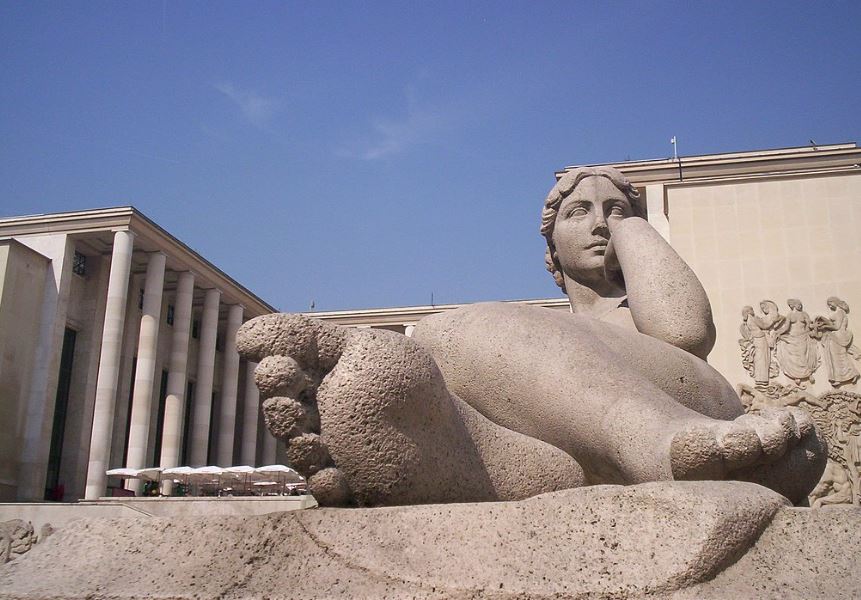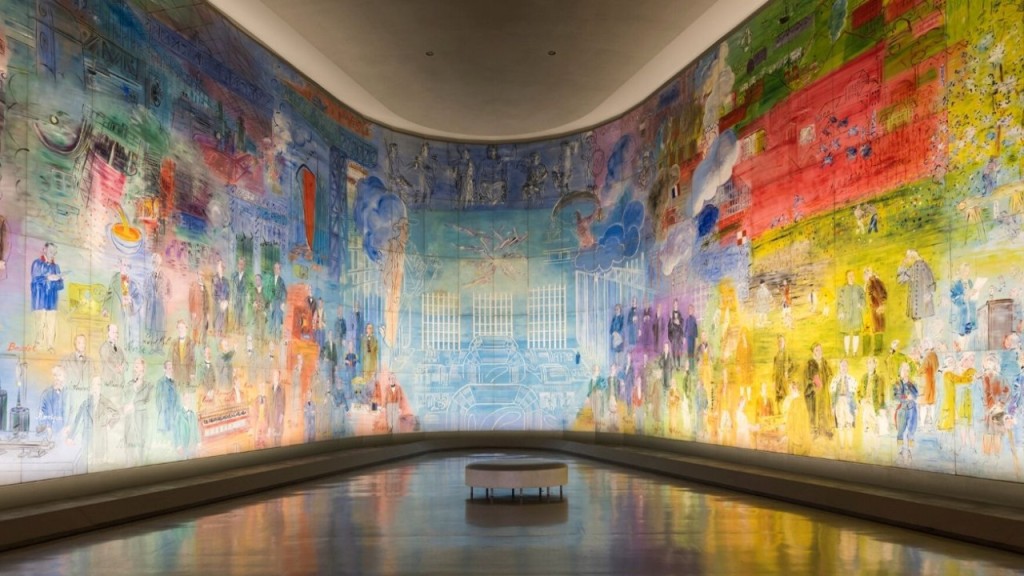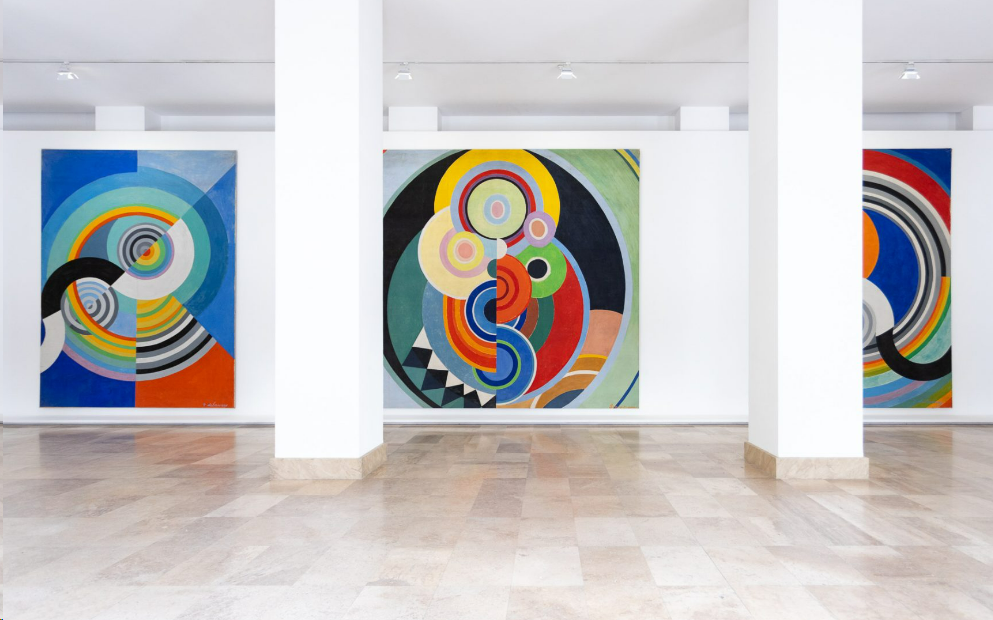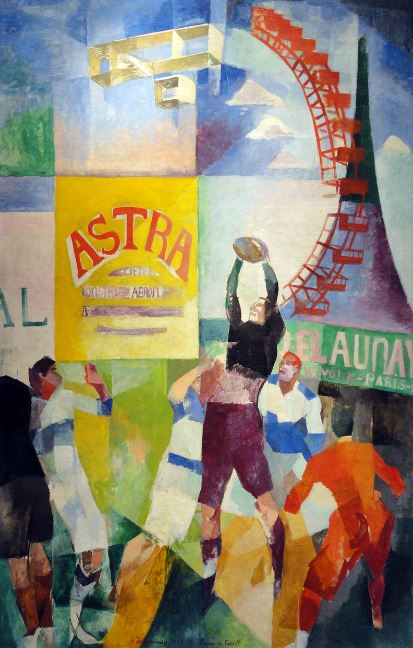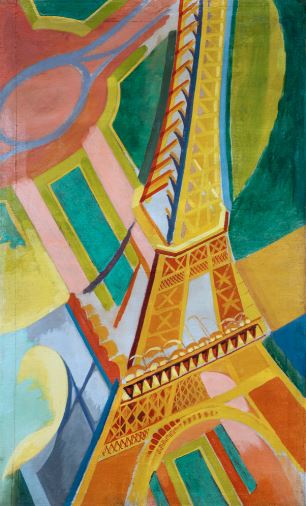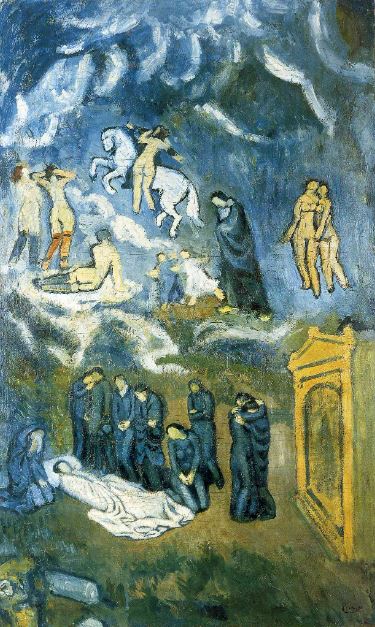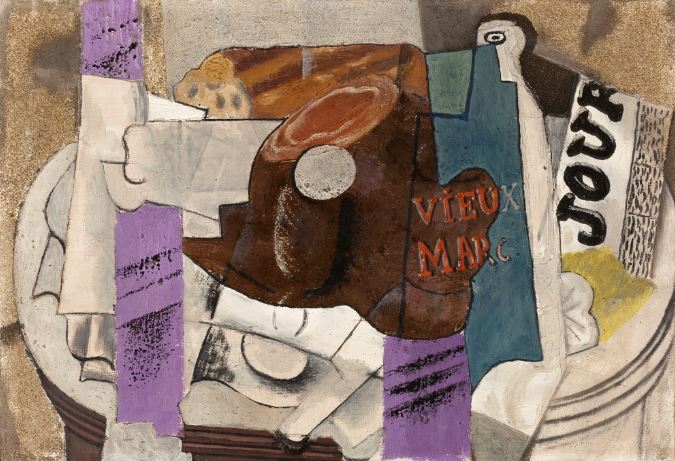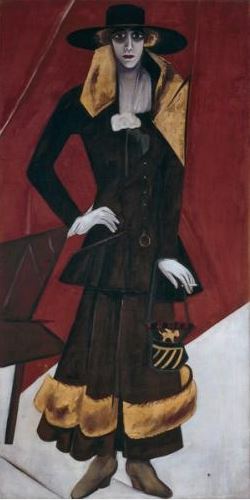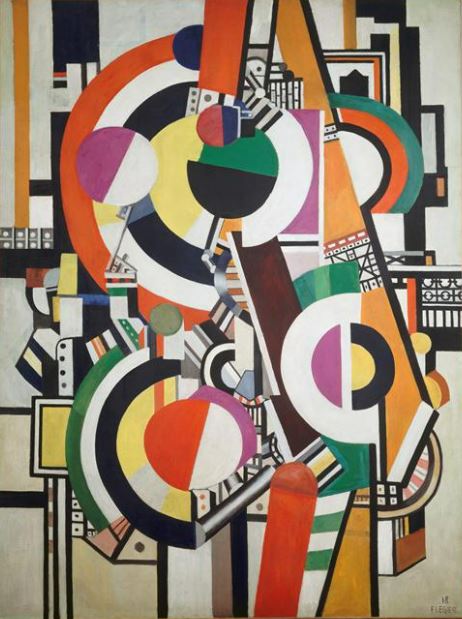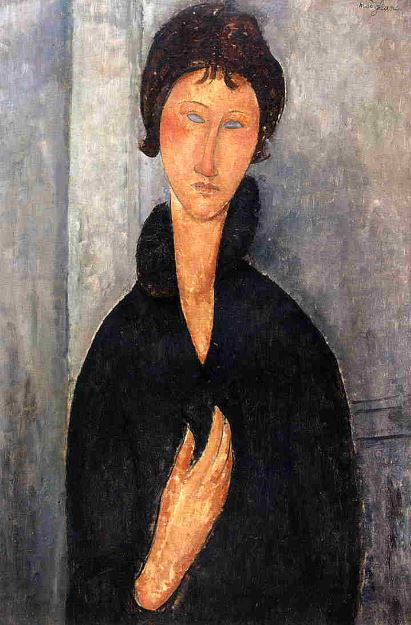In 1930, Henri Matisse, then aged 61, met Albert Barnes, an American millionaire businessman and modern art collector who had set up the Barnes Foundation in Merion, Pennsylvania (the Foundation has since moved to Philadelphia). Barnes commissioned Matisse to paint a mural for the Foundation building, leaving the artist to decide on the subject.
Matisse chose dance, a subject he had often painted before, and, in 1931, he began work on a triptych which was to fit under three arches. However, he considered his first attempt to be too decorative and abandoned it. Now known as ‘La Danse inachevée’ (‘The Unfinished Dance’), this work is exhibited in the Musée d’Art Moderne de Paris, as is Matisse’s second attempt, known as ‘La Danse de Paris’. Although this time he completed the project a problem with the dimensions meant that it was unsuitable for its intended location.
Matisse decided to produce a third version and this was finally installed at the Barnes Foundation In April 1933. ‘La Danse inachevée’ was only discovered in Matisse’s studio in Nice, in 1990.
Henri Matisse ‘Danse inachevée’ (1931)
Henri Matisse ‘La Danse de Paris’ (1931 – 33)
Henri Matisse ‘La Danse’ (Barnes Foundation,1933)
The Musée d’Art Moderne de Paris is housed in the Art Deco Palais de Tokyo on Avenue de Président Wilson in the sixteenth arrondissement. As well as Matisse’s two Dance triptychs, its holds extremely impressive permanent collections of Modern and Contemporary paintings and works on paper – a total of 15,000 works from the twentieth and twenty-first centuries. It is particularly rich in the works of Robert and Sonia Delaunay, Raoul Dufy and Giorgio de Chirico.
The Palais de Tokyo seen from the Seine
Raoul Dufy was commissioned to paint huge frescoes for the curved wall of the entrance to the Pavillon de la Lumière et de l’Électricité at the 1937 International Exposition in Paris. His massive work entitled ‘La Fée Électricité’ (‘The Electricity Fairy’) depicts scientists and inventors involved in the history of electricity and its applications. The fresco was donated to the Musée d’Art Moderne by Électricité de France in 1964.
Raoul Dufy ‘La Fée Electricité’ (1937)
Robert and Sonia Delaunay’s series of large paintings entitled ‘Rhythms’ was created in 1938 to decorate the sculpture gallery at the Salon des Tuileries in Paris.
Robert and Sonia Delaunay ‘Rhythms’ (1938)
Robert Delaunay ‘L’Equipe de Cardiff’ (1912 – 13)
Robert Delaunay ‘Tour Eiffel’ (1926)
Pablo Picasso painted ‘Evocation (L’Enterrement de Casagemas)’ as a tribute to his friend and fellow art student Carlos Casagemas, who had committed suicide in Paris in 1901 after a failed love affair. Picasso was deeply affected by the death of his friend and the painting depicts the ascension of Casagemas’s soul.
Pablo Picasso ‘Evocation (L’Enterrement de Casagemas)’ (c.1901)
Pablo Picasso ‘Le vieux marc’ (c.1914)
Georges Braque ‘Nature morte à la pipe’ (1914)
Natalia Goncharova ‘Femme russe’ (c.1909)
Fernand Léger ‘Les discs’ (1918)
Amedeo Modigliani ‘Femme aux yeux bleus’ (c.1918)
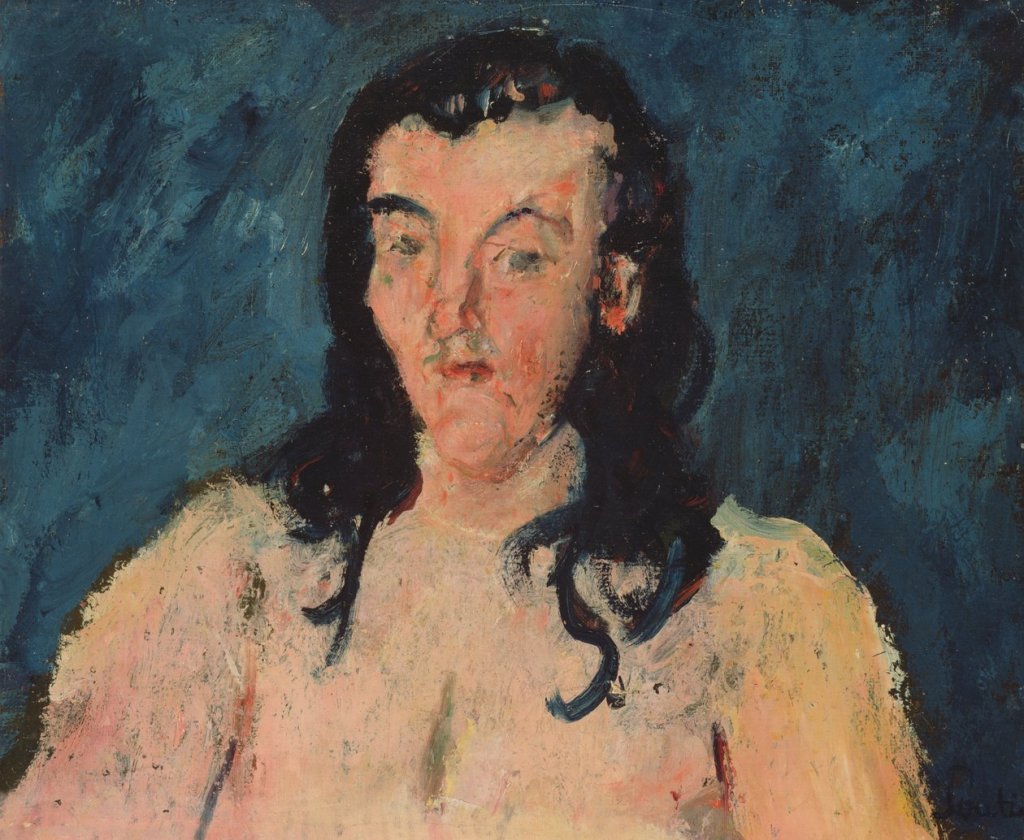
Chaim Soutine ‘Torse au fond bleu’ (c.1928)
Giorgio de Chirico ‘Offerta a Giove (Offrande à Jupiter)’ (1971)
